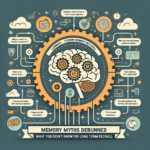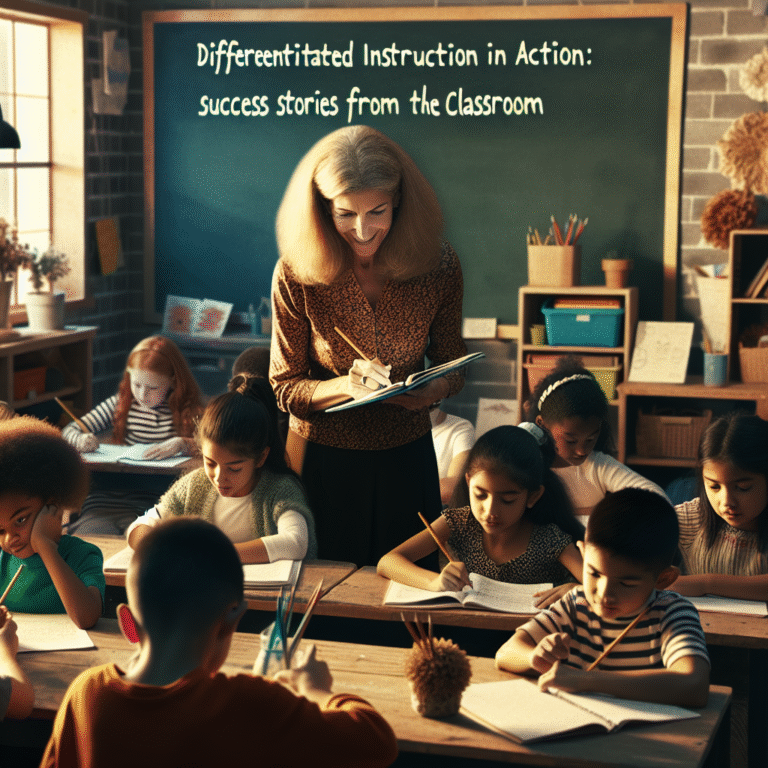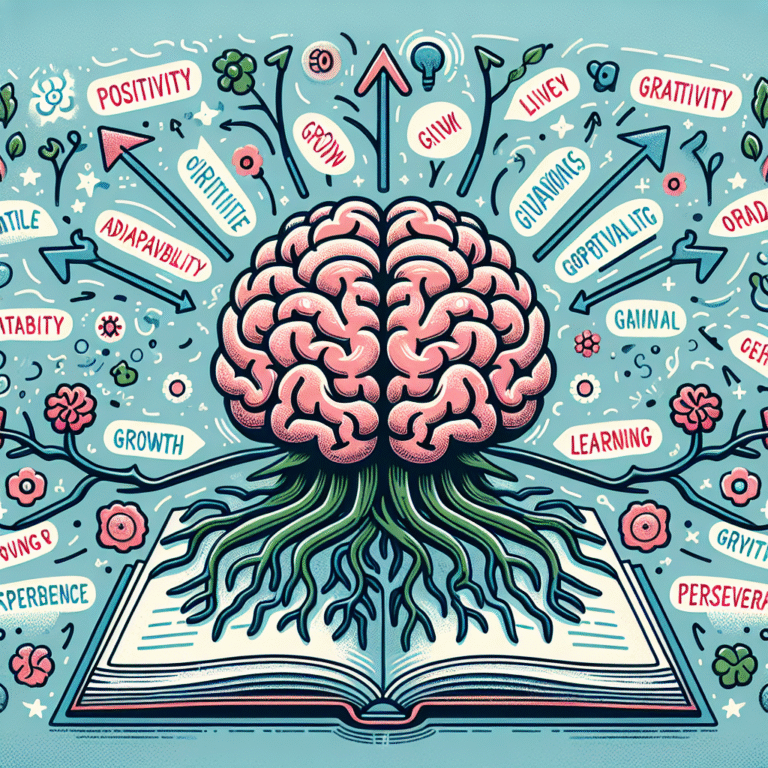
Introduction
In today’s interconnected world, the classroom can be a microcosm of society at large. Embracing Diversity: How Inclusive Classrooms Transform Education is no longer just an educational philosophy; it’s a necessity. As classrooms become increasingly diverse, educators face the challenge of fostering an inclusive environment that caters to all students, regardless of their backgrounds, abilities, or learning styles. A diverse classroom not only promotes equity but also enriches the educational experience, preparing students to thrive in a multicultural world. But how does embracing this diversity fundamentally transform education? In this article, we’ll explore the meaningful impact of inclusive classrooms on students’ academic performance, social skills, and overall well-being.
The Foundation of Inclusive Classrooms
Understanding Diversity in Education
Diversity in the classroom encompasses a wide range of characteristics, including race, ethnicity, gender, socioeconomic status, and ability levels. When educators embrace diversity, they create a more dynamic educational environment. A 2020 report from the National Center for Education Statistics revealed that around 50% of public school students in the U.S. come from diverse backgrounds. Embracing this diversity is essential for cultivating an atmosphere where every student feels valued and included.
The Benefits of Inclusive Education
Enhanced Academic Performance
Research shows that students in inclusive classrooms often perform better academically. A study published in the Journal of Special Education found that students with disabilities in inclusive settings had higher test scores in math and reading. This reinforces the idea that when educators embrace diversity, everyone benefits, regardless of their abilities.- Social Development
Inclusive classrooms encourage students to interact with peers from various backgrounds. This not only fosters friendships but also enhances social skills. According to a study by the Institute of Education Sciences, students in diverse classrooms demonstrated better conflict resolution skills and a greater sense of empathy.
Case Study: The School for All
At the School for All in California, educators implemented a comprehensive curriculum that celebrates multiculturalism. They incorporated a variety of teaching styles, ensuring each student’s needs were met. The results? Students not only performed better academically but also reported feeling a greater sense of belonging. This aligns perfectly with our focus: Embracing Diversity: How Inclusive Classrooms Transform Education leads to a richer and more fulfilling experience for all students.
Principles of Inclusive Education
Universal Design for Learning (UDL)
Universal Design for Learning is an educational framework that aims to optimize teaching by catering to individual learning preferences. By employing UDL principles, educators can design lessons that are engaging and accessible to all students.
Key Elements of UDL:
- Multiple Means of Engagement: Motivate students through different methods of interaction.
- Multiple Means of Representation: Present information in various formats for effective understanding.
- Multiple Means of Action and Expression: Allow students to demonstrate their learning in multiple ways.
Culturally Responsive Teaching
Culturally responsive teaching recognizes the importance of including students’ cultural references in all aspects of learning. This method validates students’ experiences and promotes a sense of belonging.
Practical Strategies for Embracing Diversity in the Classroom
Differentiated Instruction
Differentiated instruction is customized teaching that addresses the diverse needs of students. Here are some effective differentiating techniques:
- Flexible Grouping: Use diverse groups to allow for peer-to-peer learning and collaborative problem-solving.
- Scaffolded Learning: Provide tailored support to help students master complex concepts.
- Variety in Assessments: Use alternative assessments—like projects, presentations, or portfolios—to gauge student understanding.
Creating a Safe and Inclusive Environment
- Establish Ground Rules: Foster a class culture based on mutual respect where every voice counts.
- Encouraging Open Dialogue: Invite students to share their backgrounds and experiences to enrich the classroom discussion.
- Training and Professional Development: Teachers should participate in ongoing training focused on diversity and inclusion to cultivate awareness and competence.
Case Study: The Rainbow Academy
At the Rainbow Academy in New York City, mentors and educators employed differentiated instruction tailored to the unique needs of each student. By creating a safe space where students were encouraged to share their cultural stories, they reported better emotional well-being and improved academic outcomes, reinforcing the idea that embracing diversity positively impacts education.
Measuring the Impact of Inclusive Classrooms
Assessing Academic Outcomes
One powerful method of assessing the effectiveness of inclusive classrooms is through standardized testing. A comparison of test scores can reveal how well diverse classrooms are meeting learners’ needs. For example, a 2021 study tracked test scores at a diverse urban school and found that students in inclusive classrooms outperformed their peers in traditional settings.
Social and Emotional Well-Being
Beyond academics, measuring social and emotional development is crucial. Surveys and self-assessments can provide insight into students’ feelings of belonging, safety, and well-being. A study conducted in inclusive classrooms revealed that students felt more connected and less isolated.
Challenges in Implementing Inclusive Classrooms
Overcoming Institutional Barriers
While the benefits of embracing diversity are clear, challenges abound. Institutional barriers like inadequate funding and insufficient training can hinder the implementation of inclusive practices. Schools must advocate for resources and training to support educators in creating inclusive classrooms.
Addressing Educator Bias
Implicit biases among educators can affect assessments and classroom interactions. Regular training on recognizing and mitigating bias can equip teachers to foster a more inclusive learning environment.
Case Study: Bridging the Gap School
The Bridging the Gap School in Texas faced challenges due to limited funding but used community partnerships to provide teachers with additional training. Despite initial struggles, the school’s persistent commitment to embracing diversity resulted in improved student performance and emotional health.
Conclusion
Embracing Diversity: How Inclusive Classrooms Transform Education is not merely an aspirational goal; it is a vital necessity for modern education. Through adopting principles like Universal Design for Learning and culturally responsive teaching, educators can foster environments where every student has the opportunity to thrive. By tackling challenges head-on and committing to inclusivity, we can create vibrant classrooms that reflect the richness of our world.
As educators and advocates for change, let us not only recognize the importance of diversity but actively work towards embodying it in every classroom. In doing so, we unlock the full potential of our students, ensuring they are not just educated but enriched.
FAQs
1. What is the importance of diversity in education?
Diversity enriches the learning environment, fosters empathy, and prepares students for life in a multicultural society.
2. How can teachers effectively implement inclusive teaching practices?
Teachers can utilize differentiated instruction, culturally responsive teaching, and Universal Design for Learning to support diverse learners.
3. Are inclusive classrooms beneficial for all students?
Yes, research indicates that inclusive classrooms improve academic performance and social skills for all students, not just those with disabilities.
4. What challenges do educators face in creating inclusive classrooms?
Common challenges include institutional barriers, insufficient training, and implicit bias among educators.
5. How can schools measure the success of inclusive classrooms?
Schools can assess academic outcomes through standardized testing and evaluate social-emotional well-being through surveys and self-assessments.
By implementing these strategies and embracing diversity, educators can transform the classroom experience for all students, fostering a generation of learners who are not just knowledgeable but also compassionate and understanding.

















